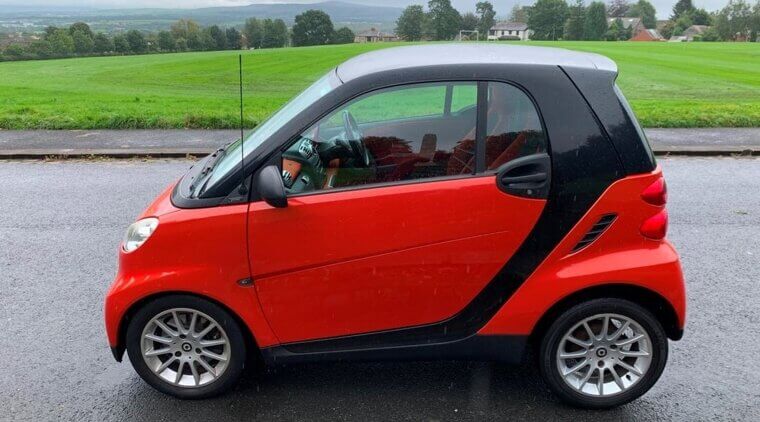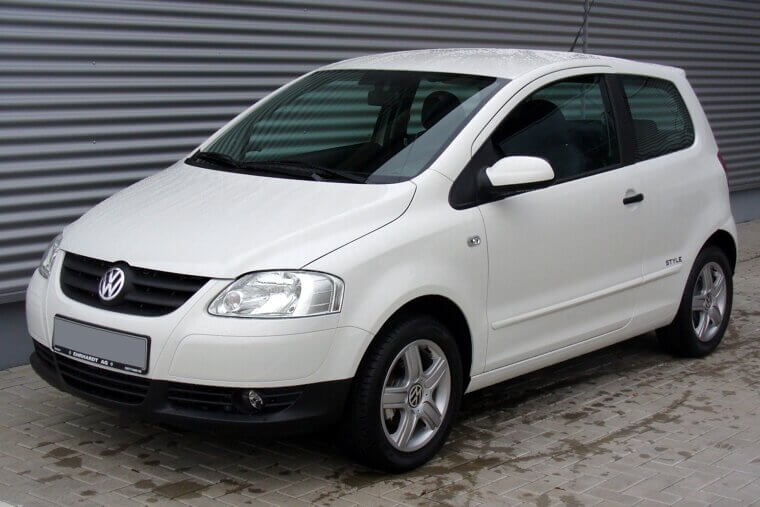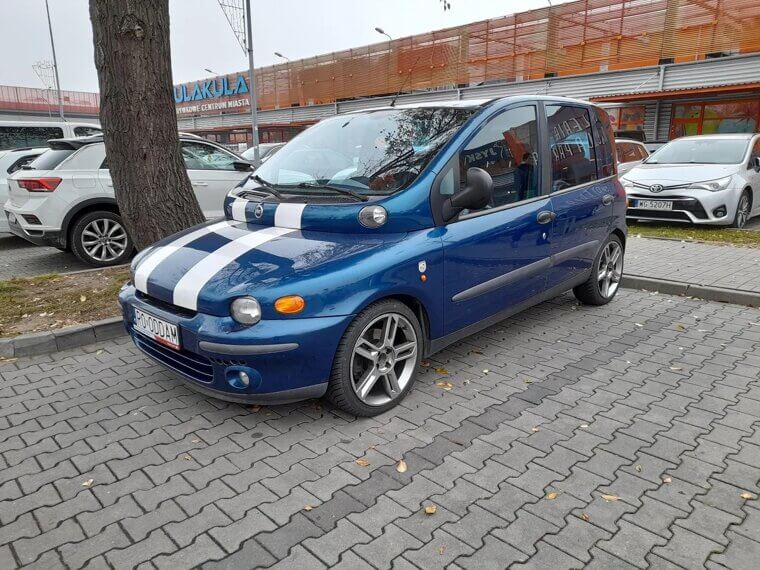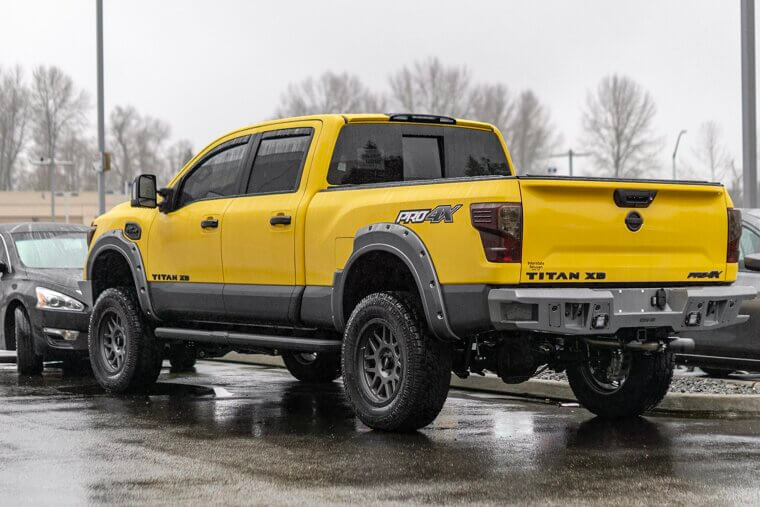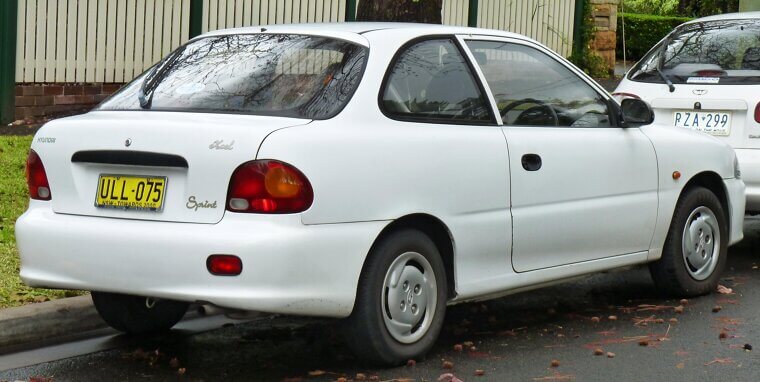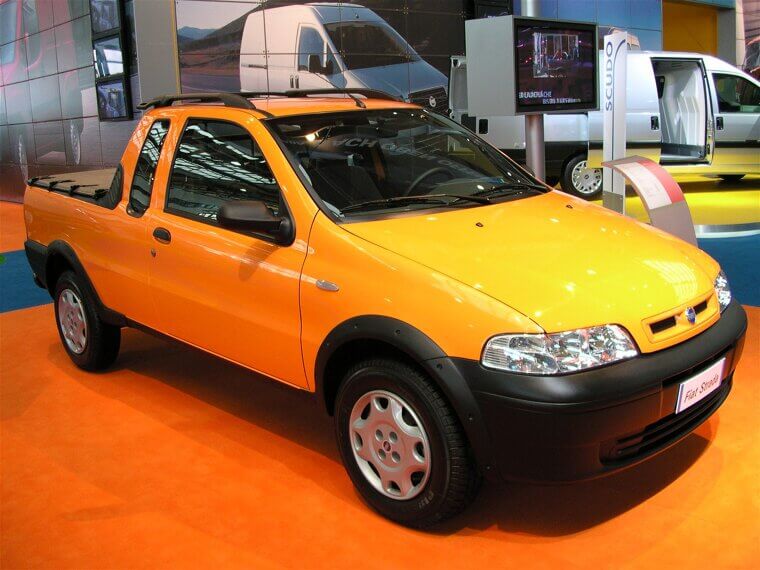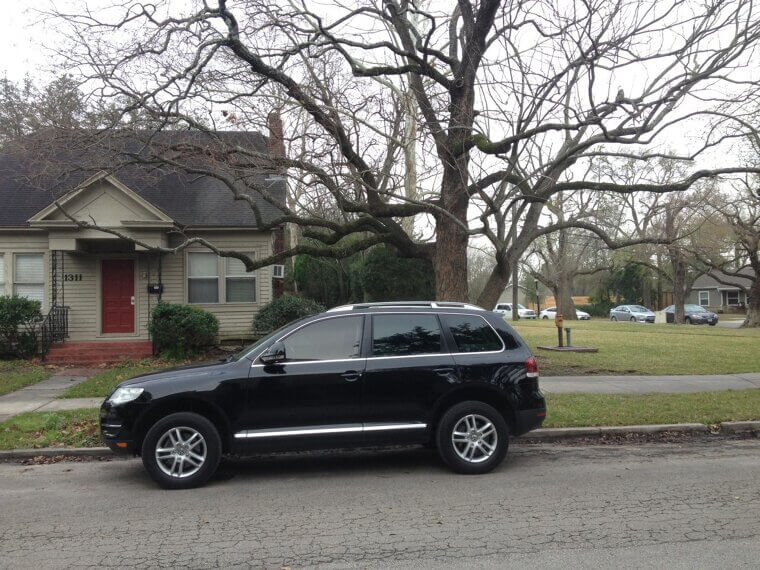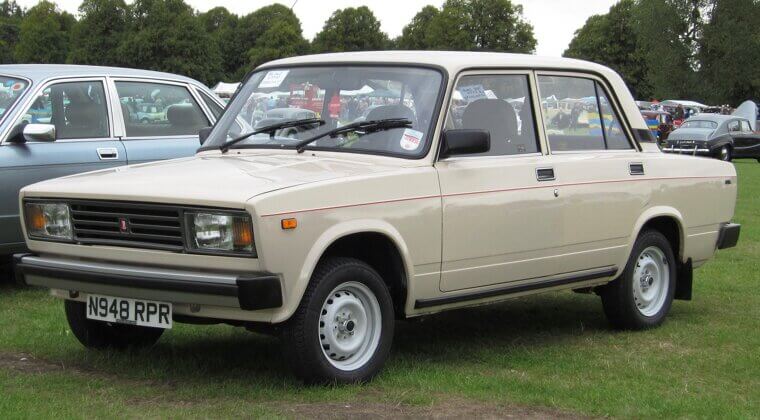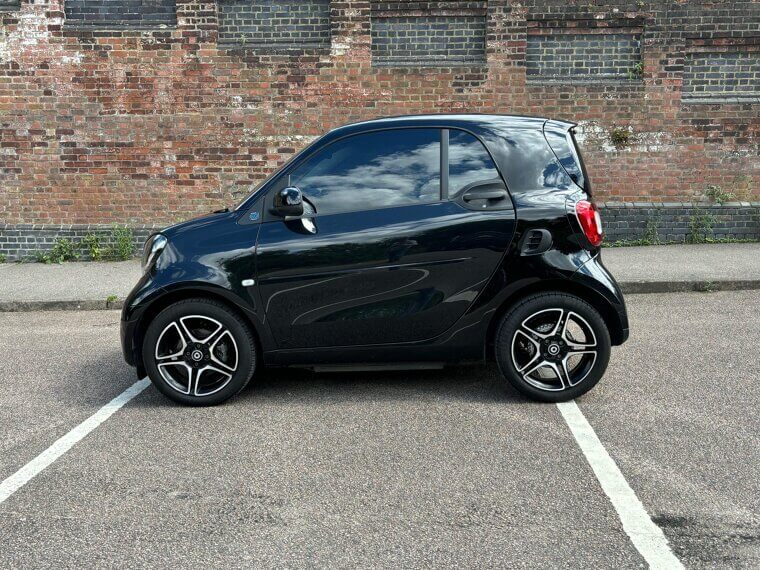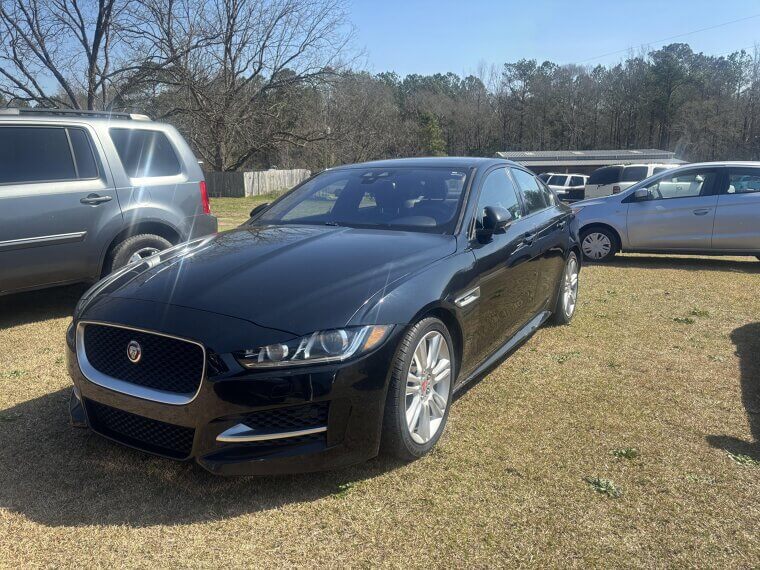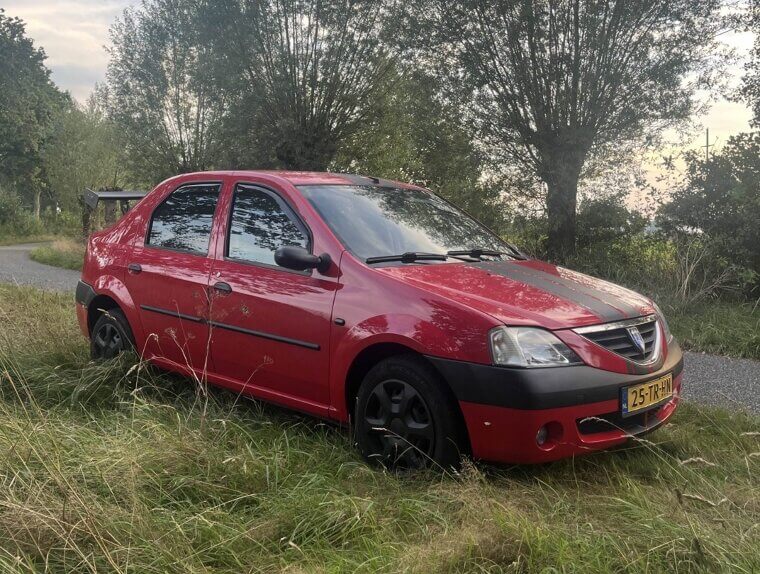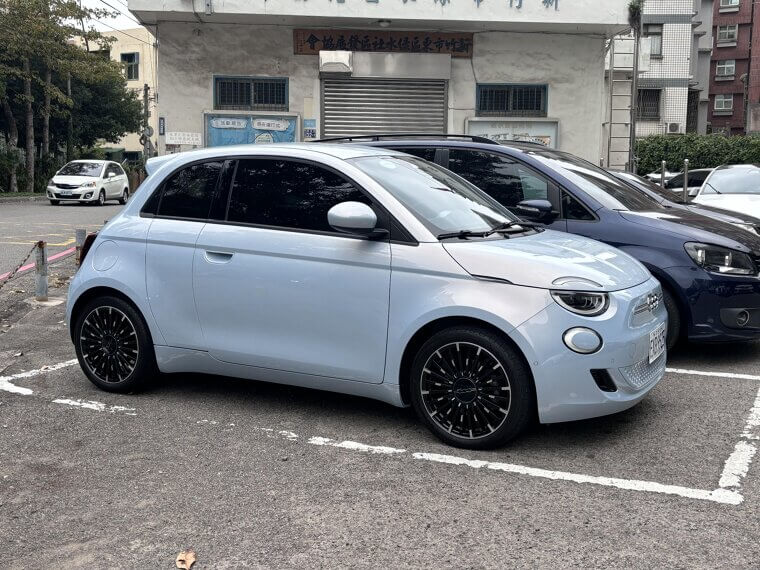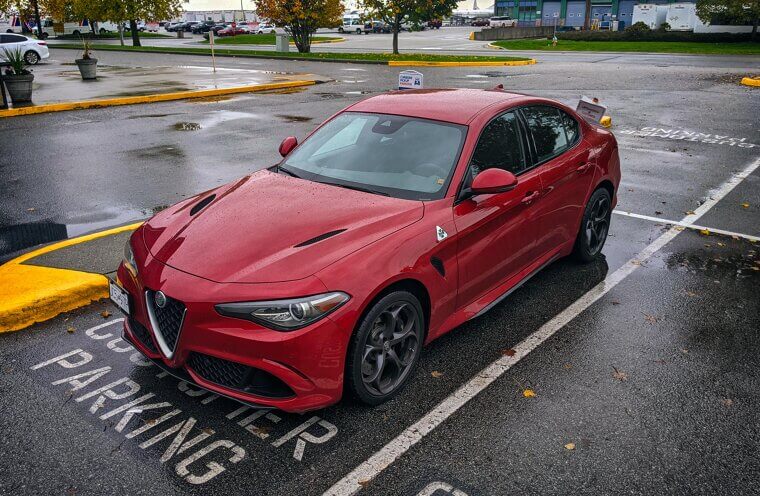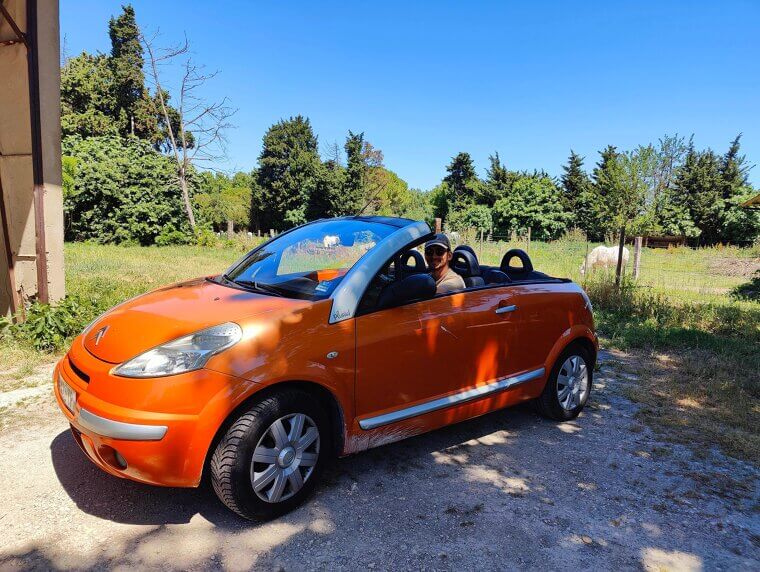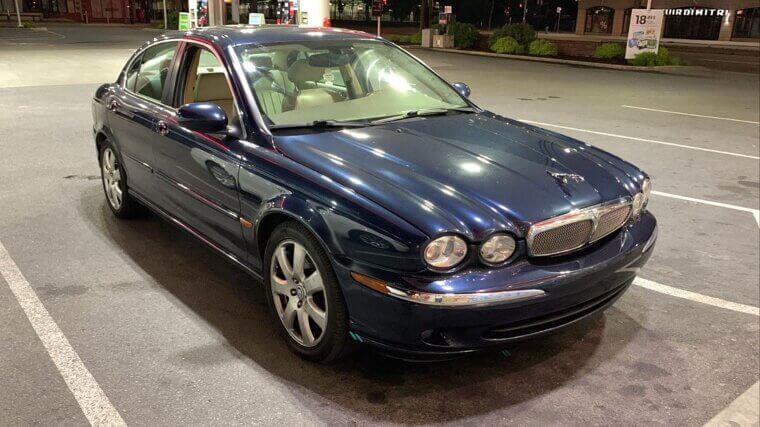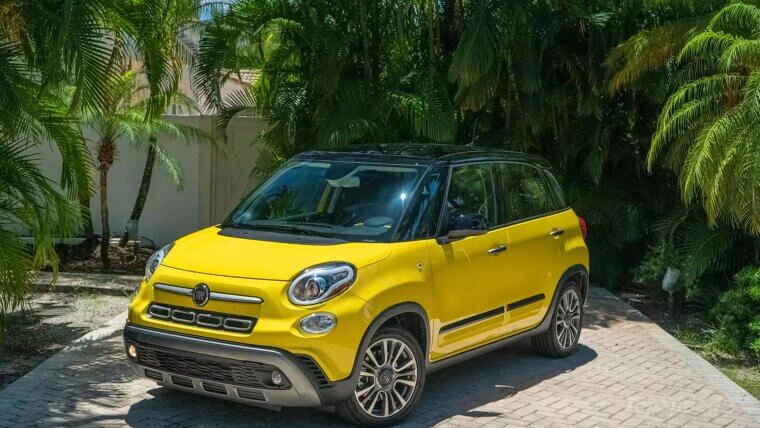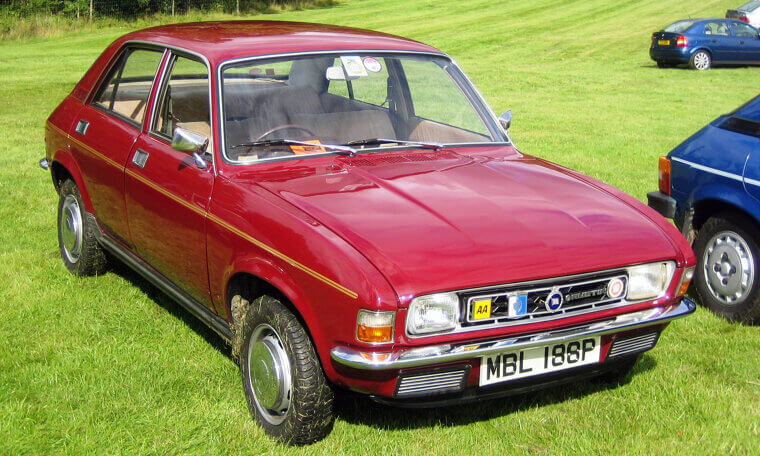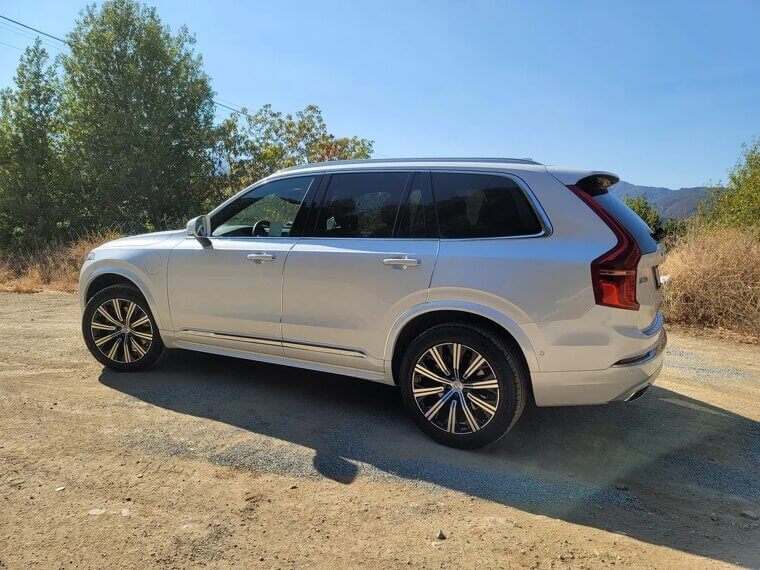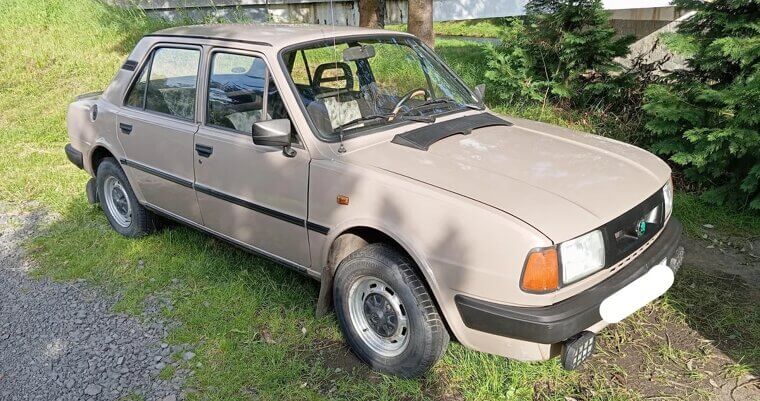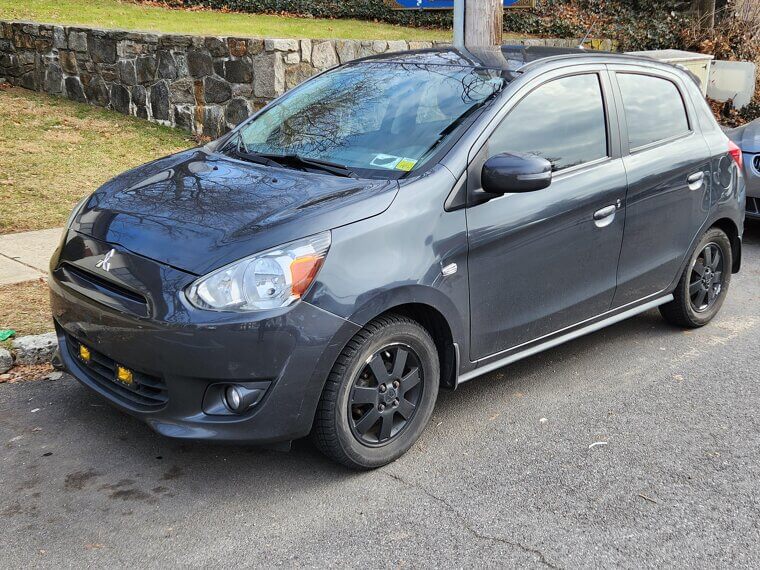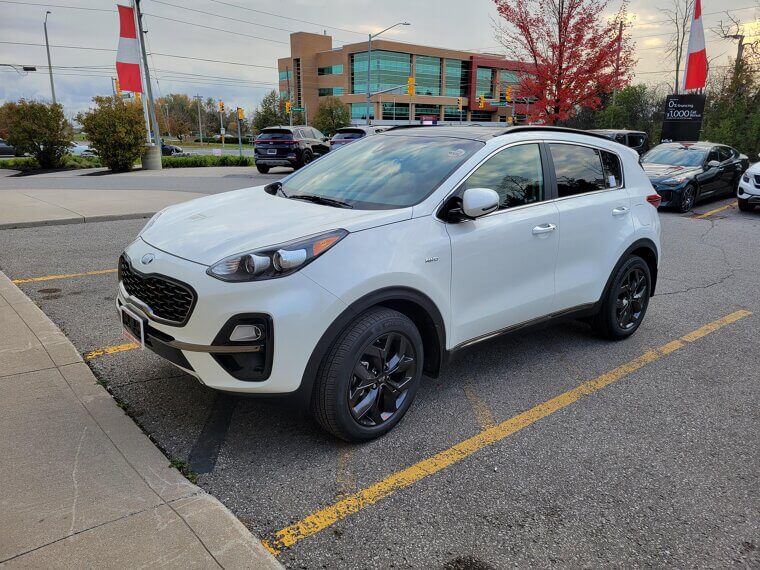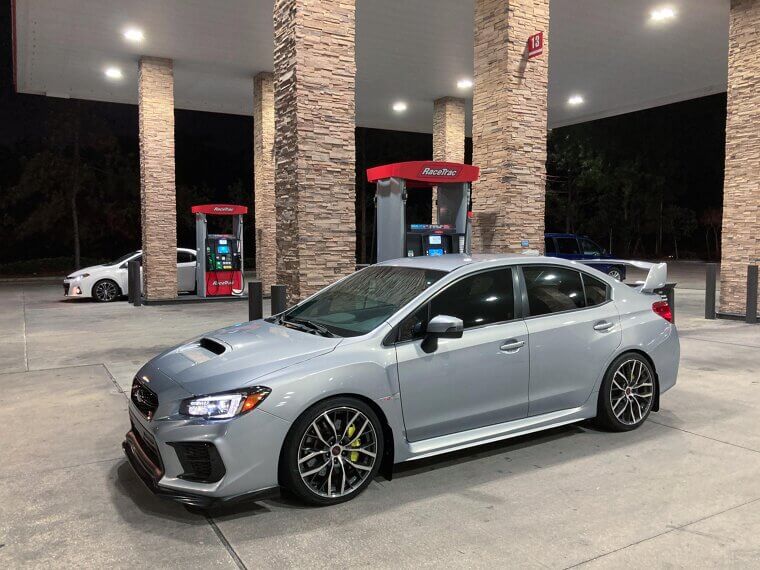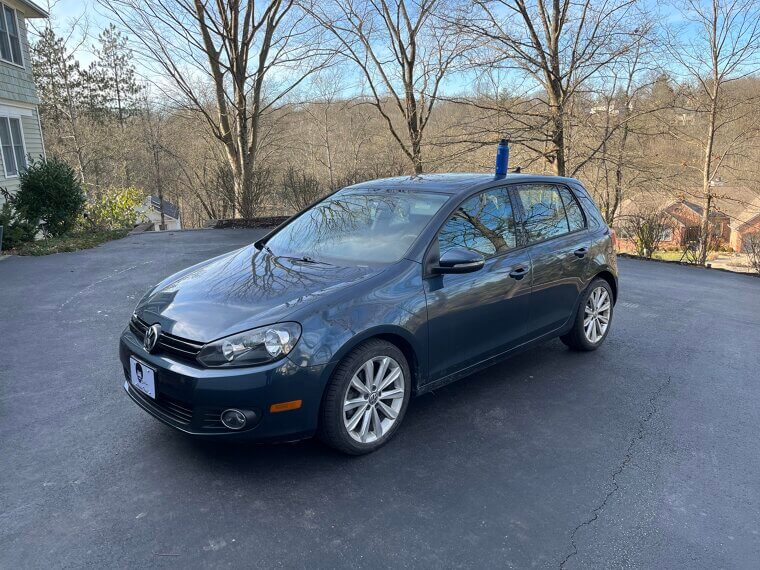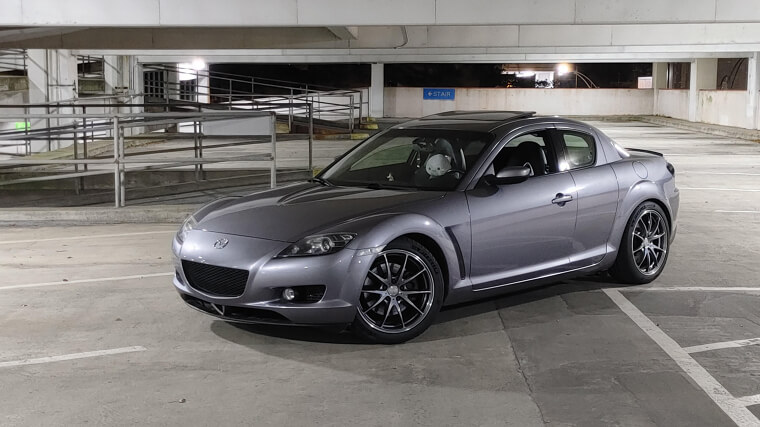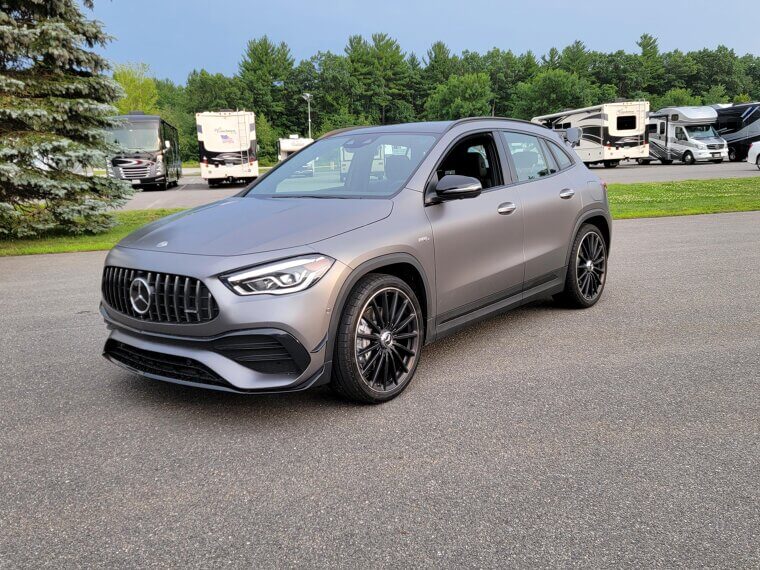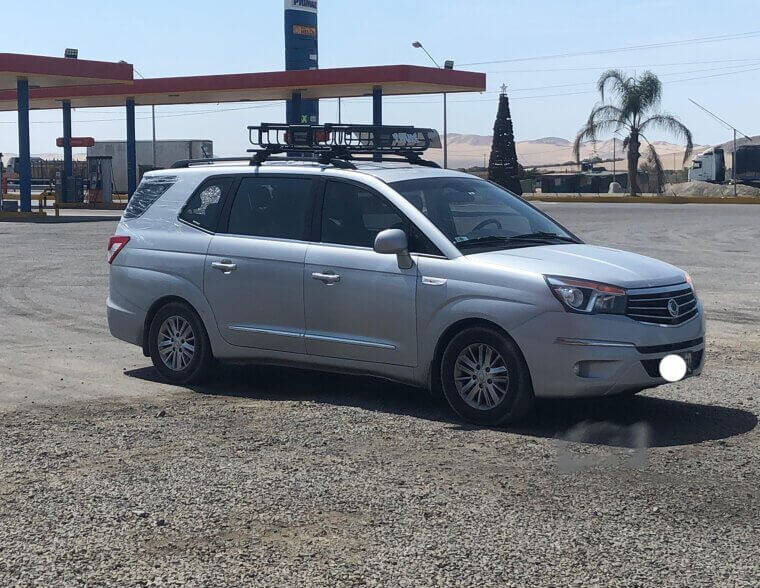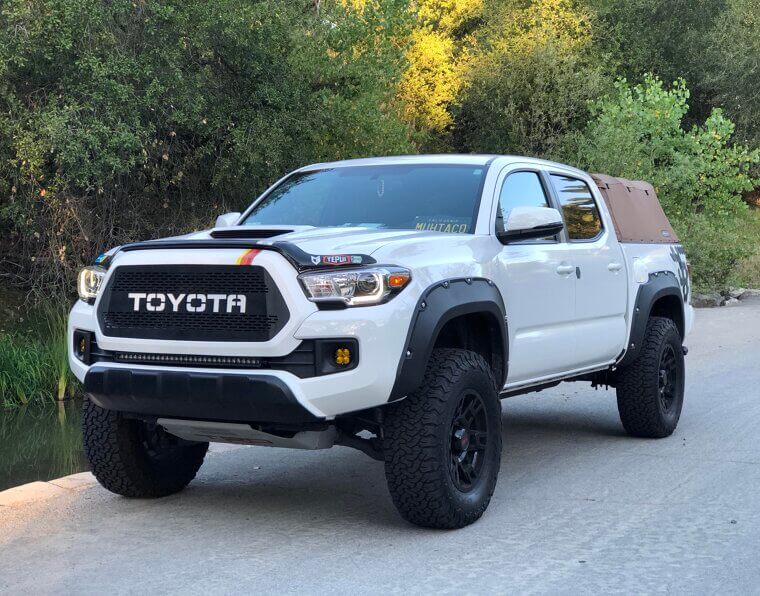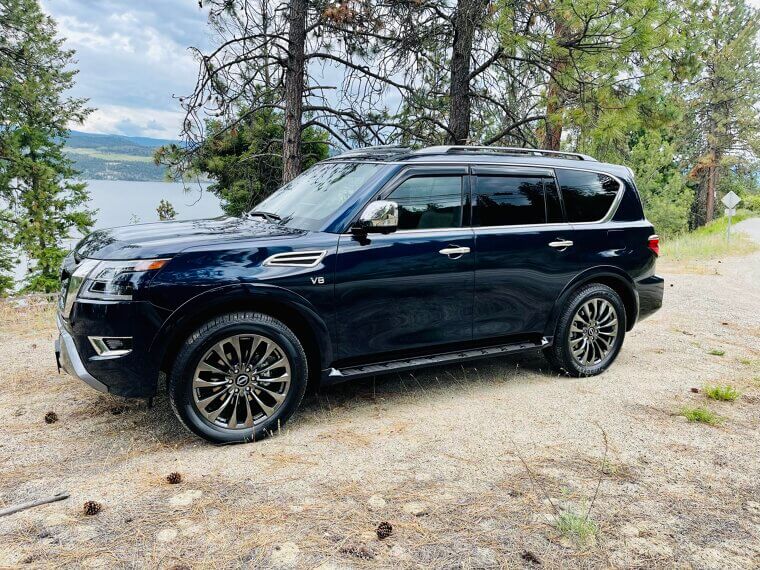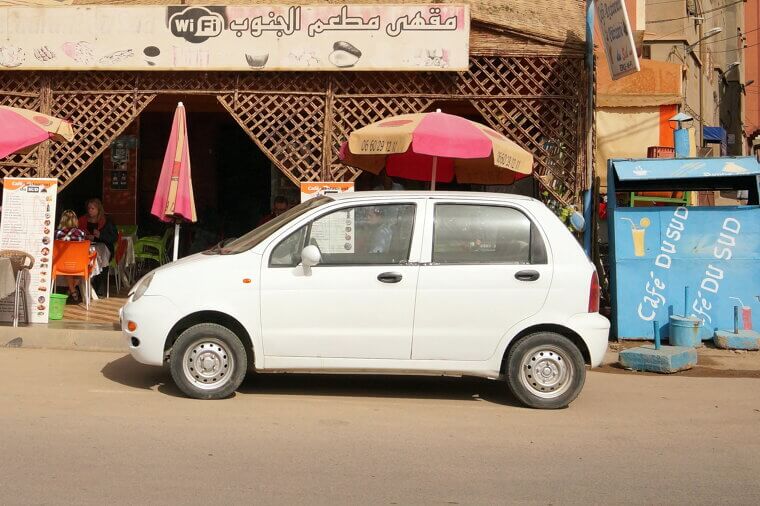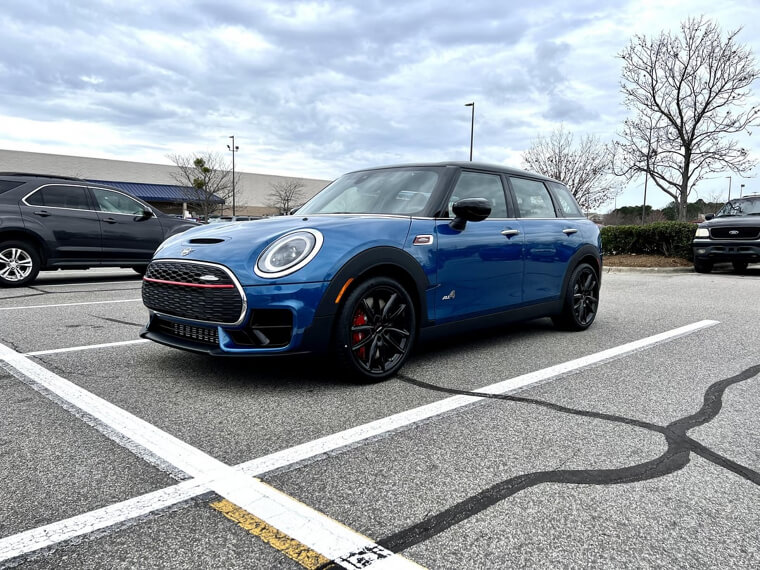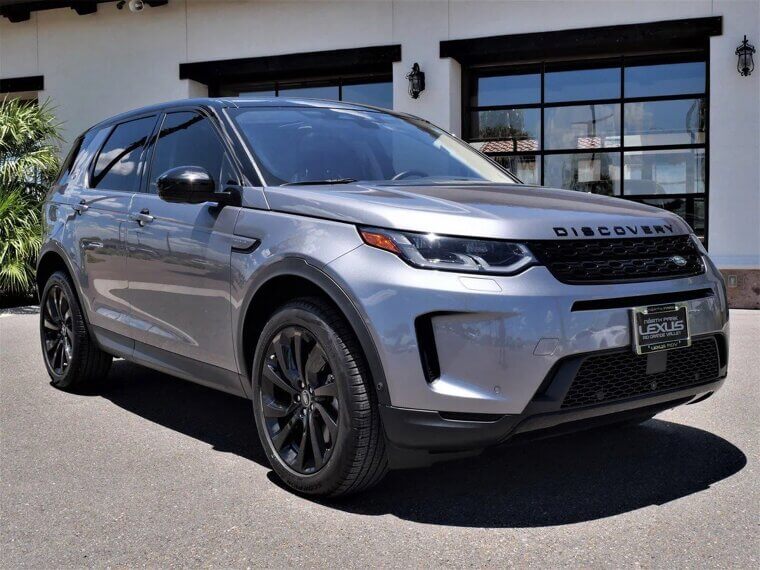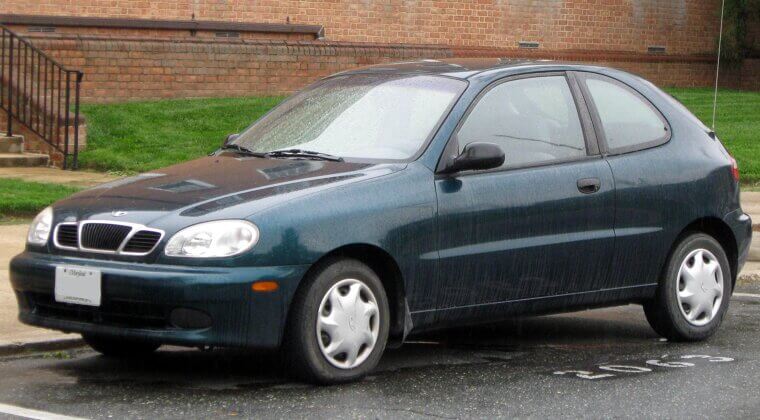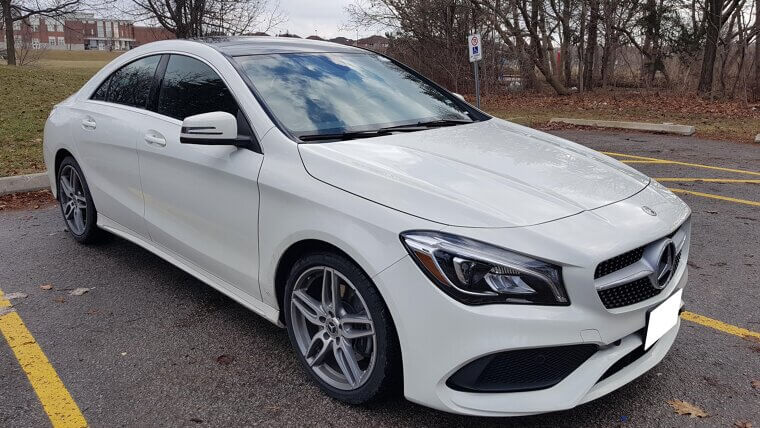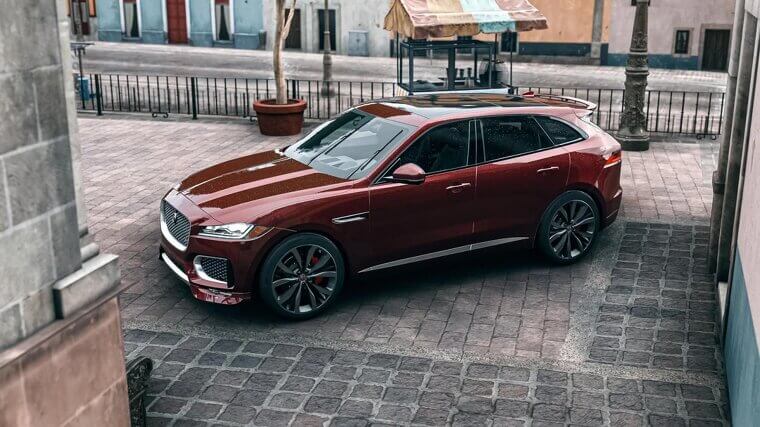Imported Cars That the US Rejected on Sight
There are foreign cars that wow and then those that just don't. Some imports land on American shores with a thud, thanks to odd designs, poor performance, or just plain bad timing. Buckle up because we're taking a ride through the 35 rejects that completely missed the mark for American buyers.
Volkswagen Fox
The VW Fox tried so hard to charm Americans with its no-frills, budget-friendly promise. But sadly, it fell flat. It was so basic that it was boring, with stiff seats, unimpressive power, and absolutely no personality. Not quite what you'd expect from Volkswagen. The Fox felt more like a cardboard box on wheels.
Fiat Multipla
Fiat's Multipla looked like it was designed during a blackout. It had bug-eyed headlights and a bulging body that confused Americans more than impressed them. Sure, it was practical inside, but no one could get past the weird looks long enough to buy one.
Nissan Titan
The Titan was supposed to be Nissan's breakthrough into the truck market, but it never quite stole the spotlight from Ford, Chevy, or Ram. Why, you ask? It's simple - it lacked the muscle, charm, and upgrades American truck lovers wanted. In a land where trucks are king, the Titan just didn't have that all-important royal blood.
Hyundai Excel
Cheap and cheerful turned into cheap and dreadful when the Hyundai Excel landed in America. It promised buyers affordability but delivered poor workmanship and performance. And while it sold well at first, its reputation quickly tanked, and Americans just couldn't trust its unreliability.
Fiat Strada
The Strada tried so hard to be a pickup, but it felt more like a toy car. It was small, underpowered, and possibly confused about its identity - it just didn't fit the American idea of a truck. Buyers wanted way more muscle and grit, neither of which the Strada delivered.
Volkswagen Touareg
The Touareg came with luxury and a hefty price tag, but not much else to justify it. Fans were confused by the SUV's cost and lack of features that'd make it stand out. Americans prefer value with their vehicles, and the Touareg lacked it.
Lada Riva
The Lada Riva felt more like a leftover from the Cold War. It was boxy, basic, and painfully outdated compared to other foreign cars. Americans expected charm and reliability, but all they got was a Soviet surplus van stuck in the dark ages.
Smart ForTwo
Smart's savvy ForTwo was adorable - until you tried to drive it on the freeway, that is. This import was slow, tiny, and jittery, and felt totally out of place in a land of SUVs and semis. Americans love their small cars with personality and practicality, and this one had neither.
Jaguar XE
The XE was meant to be in the same class as BMW and Mercedes, but it missed the mark. It couldn't keep up. It had the looks, sure, but the ride felt stiff, the interior was underwhelming, and the reliability was anything but confidence-inspiring.
Dacia Logan
No-frills was supposed to be one of the best features of the Dacia Logan, but Americans saw it as just plain dull. The Logan was cheap but not cheerful with its bland design, clunky handling, and plastic-heavy interior. It never stood a chance in the American market.
Fiat 500E
The Fiat 500E is both fun-sized and electric, but also limited and very niche. It had a short range, minimal space, and a sky-high price tag that made it more of a compliance car than a real contender. For Americans, the 500E was just an unnecessary fad on wheels.
Alfa Romeo Giulia
Alfa's Giulia turned many heads with its Italian style and incredible performance, but its reliability did nothing more than scare American buyers away. The car suffered from a range of issues, including technical glitches, quirky electronics, and inconsistent quality. Ultimately, the Giulia had a reputation as a diva from the start.
Citroën C3 Pluriel
Citroën's C3 Pluriel didn't know what it wanted to be - a convertible, a hatchback, or just weird. It had that quirky charm that was way too impractical and confusing for American tastes. Add in flimsy build quality, and you have a recipe for disaster.
Jaguar X-Type
Jaguar tried really hard to go mainstream with the X-Type, but it ended up feeling like a dressed-up Ford. Its small size, all-wheel-drive gimmick, and bland styling didn't scream Jaguar. Luxury buyers didn't bite, and even hardcore Jag fans gave it a miss.
Chevrolet Aveo
The Aveo was GM's idea of an affordable compact - but it screamed "rental car" from the start. Even bargain hunters weren't impressed by this slow, cheaply made car with zero personality. It might have had a bowtie on the grille, but nothing could mask buyers' disappointment.
Fiat 500L
The 500L tried hard to be a big, family-friendly Fiat, but it just ended up being bloated and awkward. Poor visibility, confusing controls, and sluggish handling only added to its woes, and it quickly became a tough sell that Americans didn't want.
Austin Allegro
The Allegro was the British answer to questions no one asked. It came with a square steering wheel, dodgy build quality, and the personality of a soggy biscuit. Americans never quite embraced the Allegro because they never really understood what it was trying to do.
Volvo XC90
The XC90 had a somewhat rocky start in the U.S. Early models of the popular Volvo were plagued by reliability issues and electrical gremlins. It looked great and offered incredible safety features, but not even that was enough to keep it out of the repair shop.
Skoda Estelle
The Skoda Estelle was rear-engined, rear-wheel drive, and rear of its class. Americans never saw much of it—and for good reason. It was outdated, awkward, and just didn't stack up. Most of its character was the "you've got to be kidding" variety.
Mitsubishi Mirage
The Mirage is cheap - but painfully so. It had a tin-can build, a gutless engine, and a joyless ride that made it a car you only drove if there was no other option. At least walking doesn't sound like a lawnmower when you hit 40 mph.
Kia Sportage
Before Kia hit its stride in the American market, the early Sportage models were really rough around the edges. It had uninspired styling, iffy reliability, and basic everything! It's come a long way since then, but back then, the Sportage was more "sporty-ish" than truly sporty.
Subaru WRX
Rally fans love Subaru's WRX, but the rather stiff ride, noisy cabin, and racer looks didn't click with the average American buyer. Add rising insurance rates to the mix, and it quickly became a niche toy rather than a daily driver.
Volkswagen Golf TDI
The Golf TDI had excellent fuel economy and was enjoyable to drive - until Dieselgate emerged. Once the emissions scandal broke, the confidence in diesel VWs collapsed. The eco-friendly hero became the villain, and no one wanted to be behind the wheel of a scandal.
Mazda RX-8
The RX-8 was incredibly sleek and sporty, but it also came with a fussy rotary engine that drank oil like soda. Not even its handling was enough to distract from its low torque and gas-guzzling tendencies that put a strain on already tight budgets.
Mercedes GLA
The GLA tried so hard to be a compact luxury SUV, but it felt more like a hatchback than anything else. It was cramped, bouncy, and not that luxurious, and it left Mercedes fans scratching their heads. Sure, it wore the badge, but it didn't bring the magic.
SsangYong Rodius
The Rodius might just win awards for "Most Confusing Design Ever." It looked like three cars were mashed together in the dark. Add wear performance and budget quality, and Americans gave it a hard pass quicker than you can say "SsangYong."
Toyota Tacoma
It's hard to believe now, but in the early 2000s, Tacomas struggled to impress American buyers with rust issues and limited features. It didn't have the bulletproof reputation it does now and was just another small truck no one wanted.
Nissan Armada
The Armada had incredible size, but not much else. It guzzled gas, had a rough ride, and its interior felt outdated even when it was new. In a crowded SUV market, it just didn't stand out and instead tried to compete with better cars.
Chery QQ3
The Chery QQ3 looked like everyone's childhood drawing of a car with crayons. And it performed about as well. It lacked any real safety, quality, or appeal, and even bargain hunters backed away from this budget car in a hurry.
Mini Cooper Clubman
Mini's Clubman tried to be practical by adding barn doors and stretching the Mini, but many people think it lost its charm in the process. The final result was an awkward car that handled less sharply. Sometimes, bigger isn't better.
Land Rover Discovery Sport
The Discovery Sport had the name but not the legacy Americans expected. Instead of being a quality vehicle, it had spotty reliability, cramped space, and really underwhelming tech. This was a misstep in Land Rover's otherwise rugged lineup of vehicles.
Daewoo Lanos
Low prices were about the only thing the Daewoo Lanos had when it hit American shores. The car's design screamed "1990s Eastern Europe" and turned buyers off fast. Americans gave it a chance before quickly giving it the boot for something better.
Kia Cadenza
The Cadenza was Kia's attempt at a near-luxury car, but nobody noticed. It was well-built and extremely comfortable, but lacked brand power, personality, and a hook that made it stand out from other cars. The Cadenza sadly faded into the background.
Mercedes CLA
The CLA was the Mercedes for the everyday American, but it felt more like a dressed-up compact with a premium badge. The interiors were cramped, and it had an entry-level feel rather than a luxury one. It sold well, but it definitely didn't live up to its three-pointed star.
Jaguar F-Pace
Sleek looks and sporty flair are something everyone wants in a car, right? But the Jaguar F-Pace disappointed with glitches and a rough ride. While it was marketed as a luxury SUV, Americans found it too high-maintenance for their liking.

